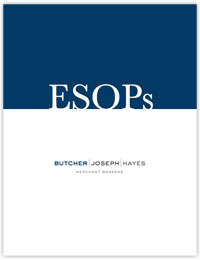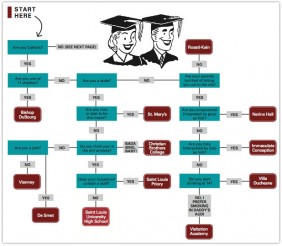If “Boom goes the dynamite” means nothing to you – particularly if you’re a sports fan – I’m gonna need you to take a couple minutes and watch this classic. At least watch from minutes 2:00 to 2:30.
From emails in my inbox to (real) sportscasters on ESPN to conversations in bars, people have been quoting this poor guy for more than 6 years. And it’s been viewed over 7 million times on YouTube.
Boom Goes the Dynamite became an instant hit because it’s hilarious and happened unexpectedly. But the purpose of this blog post is to communicate that “hilarious” and “unexpected” aren’t the only characteristics of content that gets shared. That’s good news for companies because “unexpected” is something you can’t control (it just happens), and “hilarious” is pretty tough to replicate if you’re not Will Ferrell.
So instead, we’ll take a look at the highly attainable traits of content that get people excited to the point they’re inclined to share it with others. I did some digging, followed by some thinking. Here’s where I landed.
Inspiring or thought-provoking
Grasshopper is a communications company that helps you “run your business using cell phones”. Because they target entrepreneurs, they developed this video to inspire entrepreneurship. It’s seen close to 1 million views on YouTube.
http://youtu.be/T6MhAwQ64c0
Entertaining
How can you use a little creativity to make an ordinary product or service a bit more interesting or easier to grasp? Here’s how ShipServ, a marketplace for buyers and suppliers in the shipping industry pulled it off with a little help from some Lego men.
http://youtu.be/IOxnD8lvF-A
 Question-answering
Question-answering
One of the best questions you can ask when planning content is “What is my audience searching for in Google?” One of our clients is a design-build contractor (The Korte Company) and they’ve been pursuing the healthcare industry as builders. We learned that there was a high search volume around “hospital floor plans”, so our response was to write and design this infographic to fill that need.
 Educational
Educational
Another client of ours is an investment banking organization that specializes in employee stock ownership plans (ESOPs). These guys are experts – they’re full of knowledge and experience on the topic. So what better way to demonstrate that than by writing an educational white paper and making it available for download on their website? Take a look.
Relatable
When two people meet in St. Louis and they discover that they’re both natives, a strange phenomenon occurs where one instinctively asks the other “where did you go to high school?” As someone who moved to St. Louis after high school, my ability to successfully initiate conversation with another St. Louis native has been put at a serious disadvantage. Luckily, a local newspaper (The Riverfront Times) put together this flowchart graphic for us transplants so I can at least tell some where I should have gone to high school. While this isn’t a B2B example, it is an example of highly relatable content. You see it and you feel a connection.
 Useful
Useful
Think about tools that your audience might find useful. Can you build any of them and house them on your website? American Piping Products, a huge industrial pipe supplier, put a variety of pipe specification calculators on their site to make it easier for their customers to figure out what they need. They’re simple, but very useful.
Conclusion
7 million YouTube views by our boy from Boom Goes the Dynamite sets the bar pretty high, but there’s no reason business-related content can’t be worthy of sharing. Focus on content that will excite your leads, current customers, industry journals or whoever your audience might be.
Related articles
Don’t be a wimp – give it away for free
Marketing lessons from The Dollar Shave Club